The Titanic, an iconic name that echoes through history, conjures images of opulence, adventure, and tragedy. This grand ocean liner, hailed as the “unsinkable ship,” captured the world’s imagination during the early 20th century. From its magnificent design to its ill-fated maiden voyage, the Titanic continues to captivate minds with its tales of luxury, heroism, and heartbreaking loss. In this article, we delve into the captivating story of the Titanic, exploring its construction, design, the allure of its maiden voyage, the tragic sinking, and intriguing facts surrounding this legendary vessel. Join us on a journey through time as we uncover the secrets and unravel the mysteries of the Titanic, an enduring symbol of human ambition and the indomitable forces of nature.
Building the Unsinkable Ship
The construction of the Titanic was an ambitious endeavor that aimed to create a ship unlike any other. Harland and Wolff, the renowned shipbuilding company based in Belfast, Ireland, undertook the monumental task of bringing this vision to life. The work on the Titanic began on March 31, 1909, with a team of skilled craftsmen and engineers dedicating themselves to crafting a vessel that would set new standards in luxury and safety.
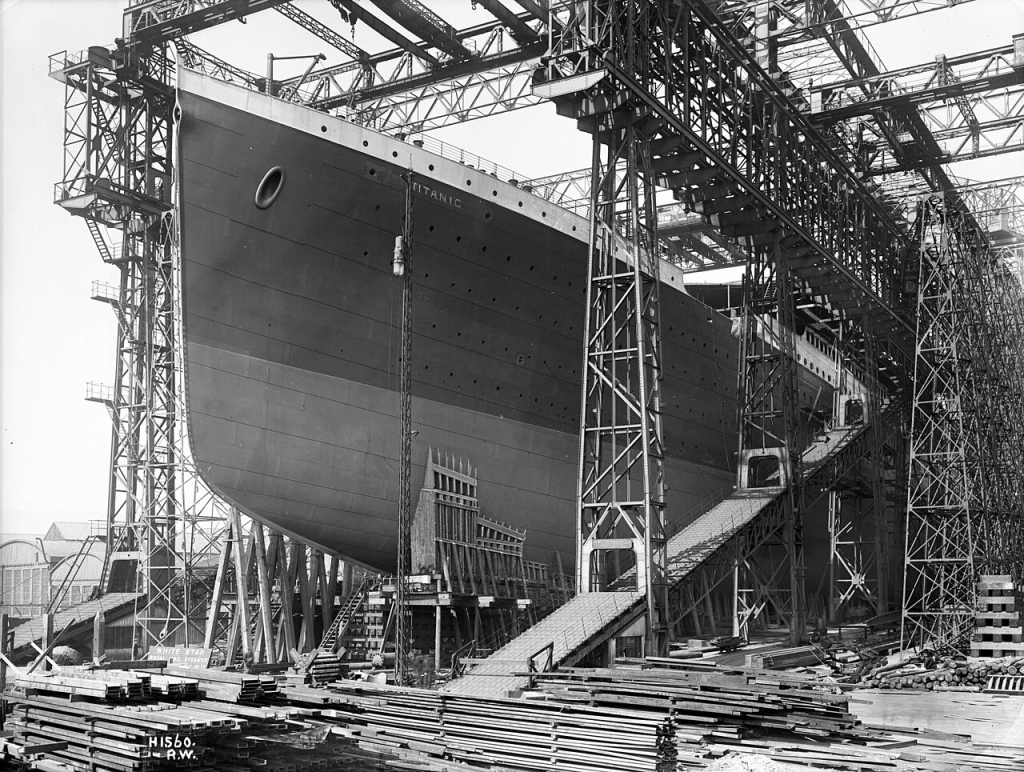
Every aspect of the Titanic’s construction was carefully planned and executed. The ship was constructed using over three million rivets, each one meticulously placed to ensure structural integrity. The hull, made of high-quality steel, was reinforced to withstand the pressures of the open sea. The shipbuilders employed innovative techniques and state-of-the-art technology to create a vessel that was not only majestic but also considered virtually unsinkable.
One of the notable design features of the Titanic was its double-bottomed hull. This unique design consisted of two layers of steel plates separated by a space filled with water. The idea behind this double bottom was to enhance buoyancy and provide an additional layer of protection against potential damage. It was believed that even if the outer layer of the hull was breached, the inner layer would remain intact, preventing the ship from sinking.

The Titanic was further equipped with 16 watertight compartments that spanned the length of the ship. These compartments were designed to be sealed off in case of an emergency, minimizing the risk of flooding and ensuring the ship’s stability. Vertical closing doors, operated remotely from the bridge, would seal off these compartments in the event of a breach, preventing water from spreading throughout the ship.
The Grandeur of the Titanic

The Titanic was the largest ship of its time, measuring an impressive 882 feet and 9 inches in length. It boasted a gross tonnage of approximately 46,000 tons, making it a true floating palace. The ship was divided into three main sections: the bow, the stern, and the superstructure. Its elegant exterior was adorned with four massive funnels, although only three were functional, and numerous portholes that allowed natural light to illuminate the lavish interiors.
Unique Design Features
The Titanic boasted several unique design features that set it apart from other ships of its time. These innovative elements were intended to enhance the ship’s functionality, safety, and overall passenger experience.
One of the notable design features of the Titanic was its grand staircase. This magnificent staircase spanned several decks, adorned with intricate woodwork, exquisite carvings, and luxurious detailing. It served as a centerpiece of the ship, allowing passengers to make a grand entrance into the opulent world of the Titanic.
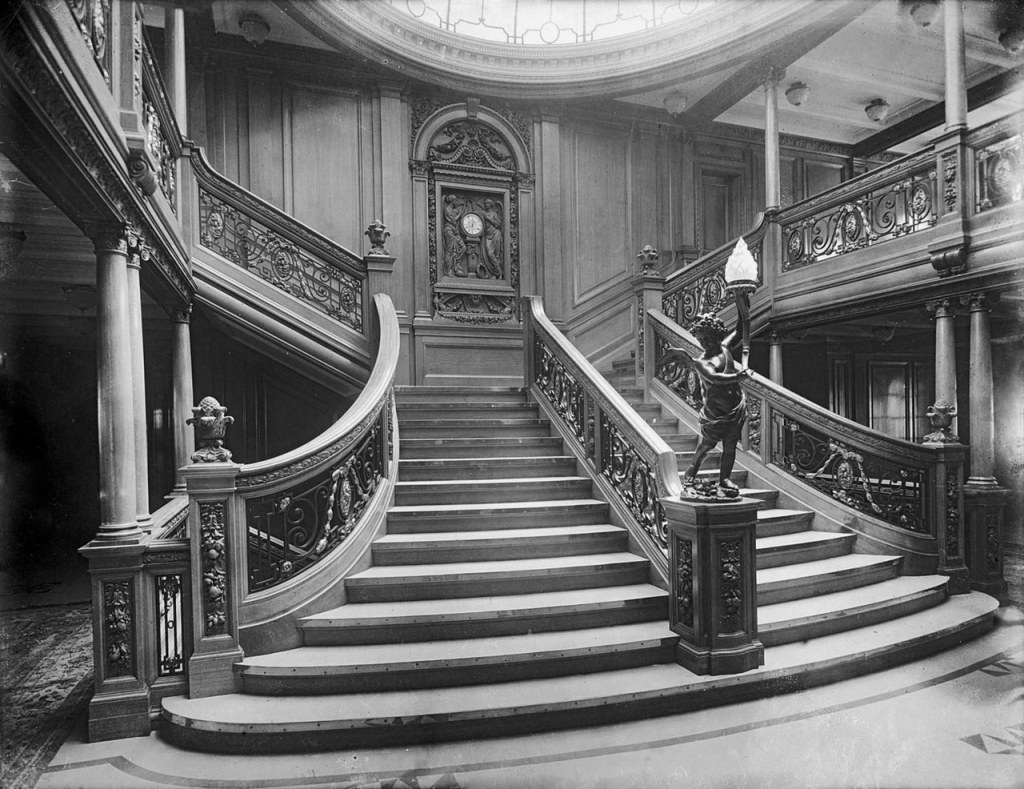
The ship also featured a state-of-the-art electrical system. This was a remarkable advancement during that era, providing power to various amenities and services on board. Passengers could enjoy the convenience of electric lighting in their cabins, common areas, and even outdoor spaces.
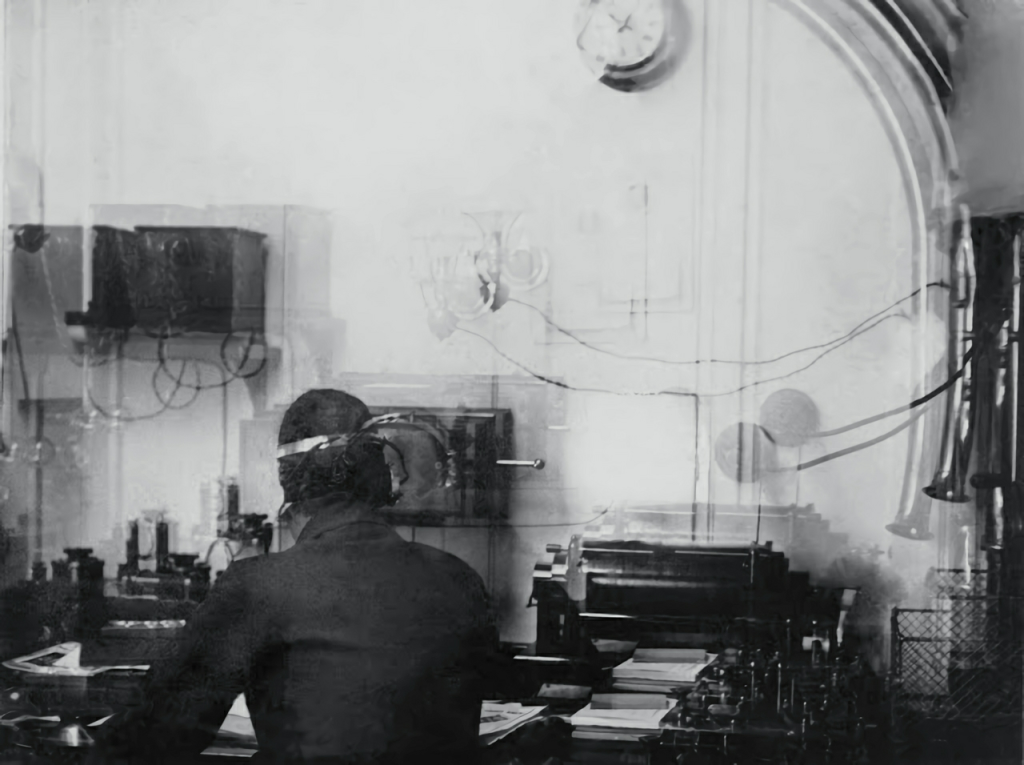
Another unique design aspect was the inclusion of multiple dining options. The Titanic catered to different social classes, offering distinct dining experiences. First-Class passengers could dine in elegant and opulent surroundings, indulging in gourmet cuisine served on fine china. Second-Class passengers enjoyed their meals in a more intimate setting, while Third-Class passengers gathered in communal dining areas, sharing their meals in a lively and vibrant atmosphere.
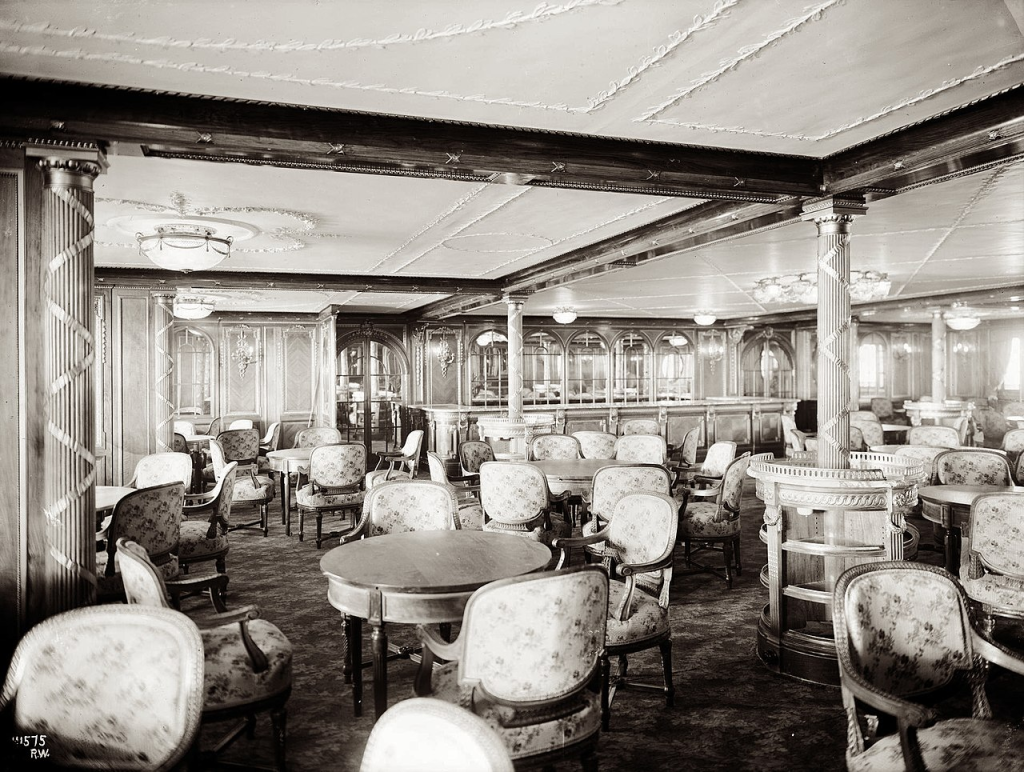
In terms of recreational facilities, the Titanic boasted impressive amenities. It featured a swimming pool, complete with saltwater and maintained at a comfortable temperature. Passengers could enjoy a refreshing swim or relax poolside, basking in the luxurious ambiance. The ship also included a Turkish bath, a popular wellness practice during that time, allowing passengers to experience relaxation and rejuvenation.
The design of the Titanic also incorporated ample natural light. Large portholes and windows were strategically placed throughout the ship, allowing sunlight to flood the interiors and create a welcoming atmosphere. This attention to detail aimed to provide a sense of openness and connection with the vastness of the ocean.
Setting Sail on the Titanic
On April 10, 1912, the Titanic embarked on its much-anticipated maiden voyage from Southampton, England, destined for New York City, USA. The departure of the Titanic was a momentous occasion, marked by excitement, anticipation, and a touch of glamour.
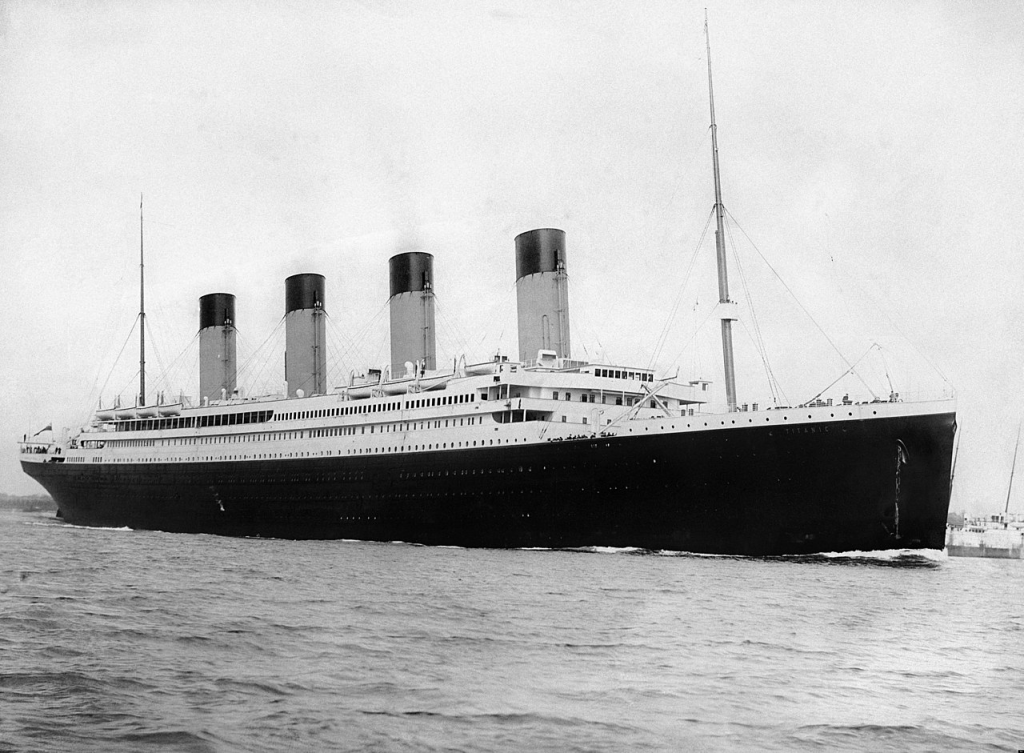
Passengers from all walks of life gathered at the port, eagerly awaiting their chance to board the luxurious vessel. As the grand ship set sail, a sense of adventure filled the air, and the Titanic’s passengers embarked on a journey that would become etched in history.
The Titanic was a symbol of extravagance and opulence, catering to the wealthiest individuals of the time. First-Class passengers were treated to an unrivaled level of luxury. Lavishly decorated cabins, adorned with plush furnishings and elegant details, offered a home away from home for the elite travelers. They enjoyed the finest dining experience, with renowned chefs preparing exquisite meals that tantalized the taste buds. The grandeur of the First-Class accommodations matched the elegance of the ship itself.
Second-Class passengers, although not as affluent as their First-Class counterparts, still experienced a level of comfort and refinement that surpassed many other modes of travel. They enjoyed well-appointed cabins and access to cozy public spaces, creating an ambiance of understated luxury.
The Third-Class passengers, consisting mostly of immigrants seeking a new life in America, embarked on the Titanic with hope and aspirations. Their accommodations were more modest, but still provided a level of comfort and convenience. Communal spaces allowed them to gather, socialize, and share stories of their journeys.
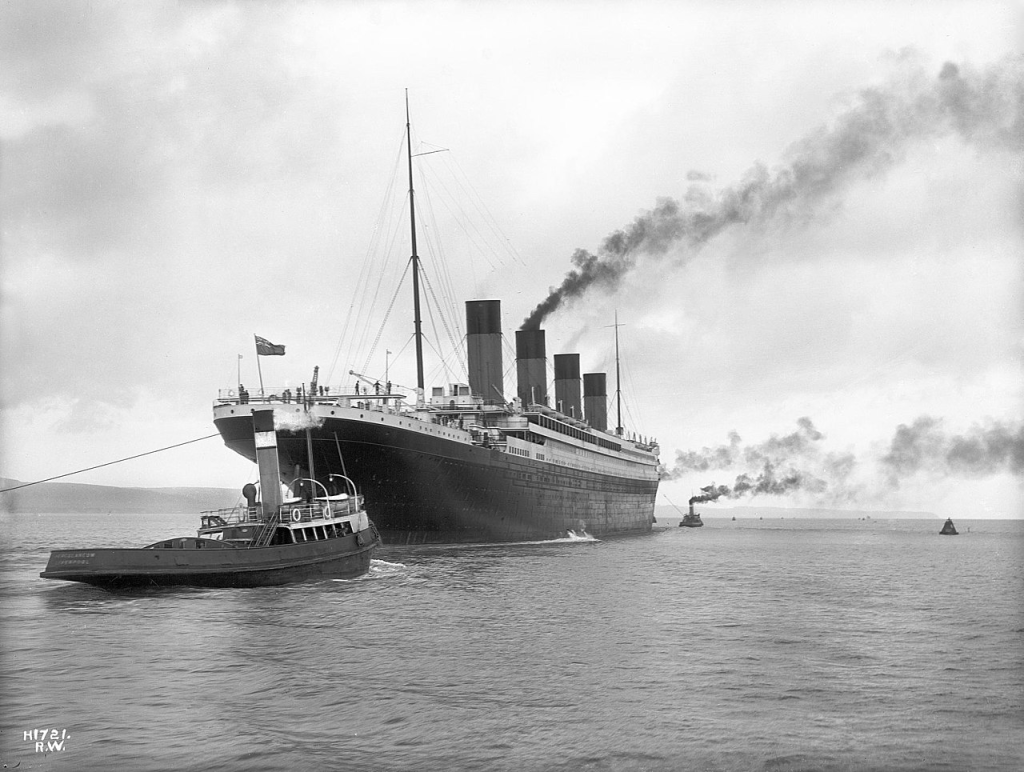
As the Titanic glided through the vast expanse of the Atlantic Ocean, passengers engaged in a variety of activities to pass the time. The ship offered an array of amenities to cater to every interest. Passengers could take a refreshing dip in the swimming pool, engage in friendly competition on the sports deck, or simply relax on deck chairs, taking in the breathtaking views of the open sea.
The voyage aboard the Titanic was not just about luxury and leisure; it was also a place where connections were formed and relationships blossomed. Passengers mingled in the common areas, exchanged stories, and forged new friendships. The ship became a microcosm of society, bringing people from different backgrounds together in an environment of shared experiences and aspirations.
The Passengers

The Titanic welcomed a diverse range of passengers from different social classes. The First-Class passengers consisted of wealthy businessmen, celebrities, and prominent figures of the era. Second-Class passengers were predominantly professionals, teachers, and academics, while Third-Class passengers primarily comprised immigrants seeking a new life in America. Each class had its own separate areas and amenities on the ship.
Collision with an Iceberg
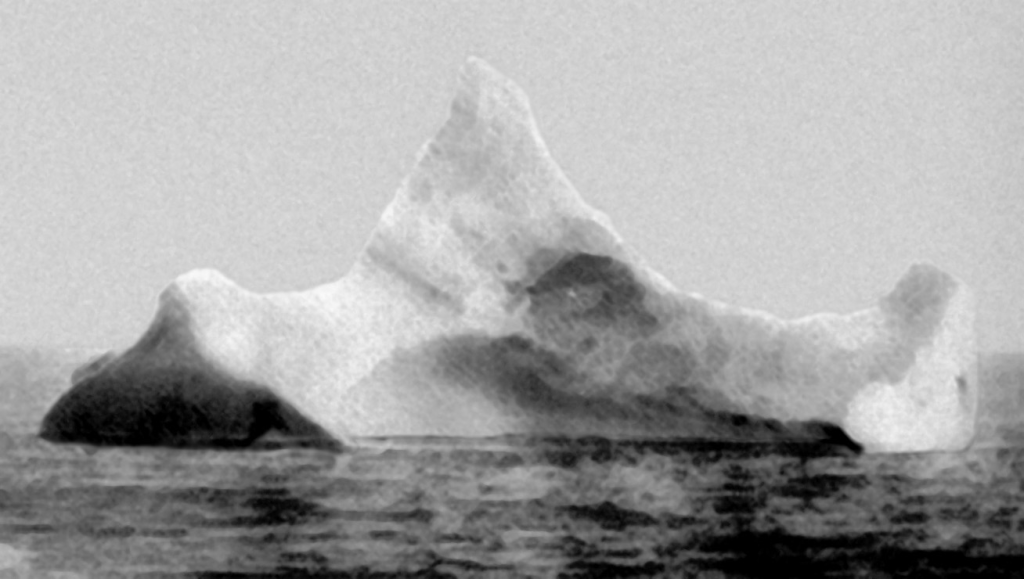
On the night of April 14, 1912, tragedy struck when the Titanic collided with an iceberg in the North Atlantic Ocean. The ship was sailing at a high speed despite warnings of ice in the area. The impact caused significant damage to the starboard side of the hull, puncturing several of the watertight compartments. The crew immediately began evacuating passengers and sending distress signals.
Chaos and Panic
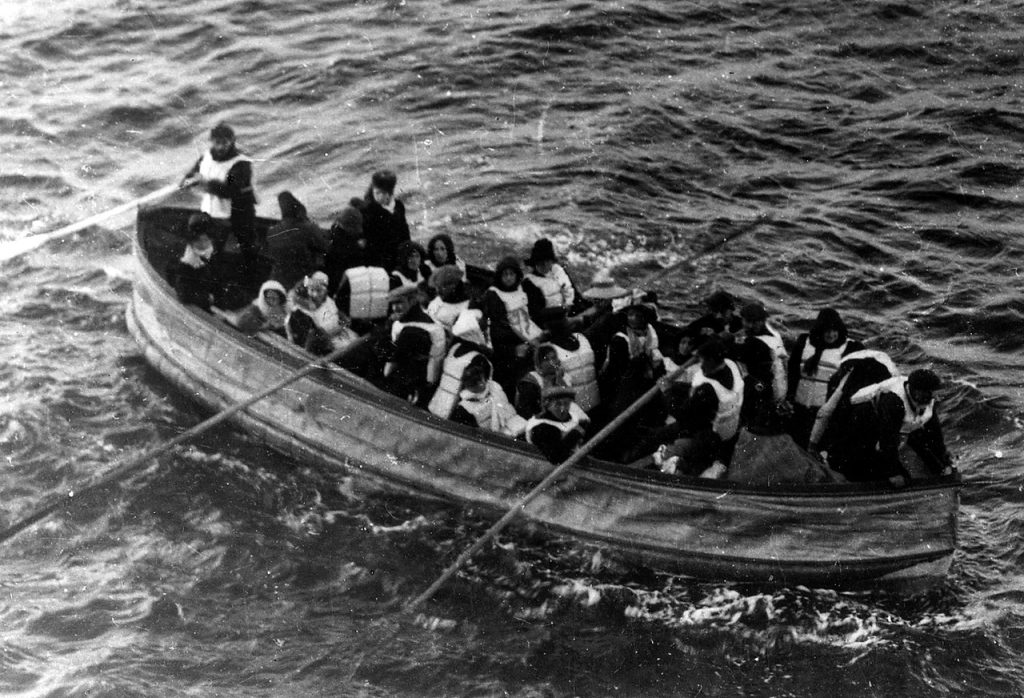
As news of the collision spread throughout the ship, panic and chaos ensued. The lack of lifeboats became apparent, as the Titanic was equipped with only enough lifeboats to accommodate around half of the passengers and crew on board. This shortage, combined with a lack of proper emergency procedures and training, contributed to the loss of many lives.
Heroism and Tragedy

Despite the dire circumstances, acts of heroism and selflessness were witnessed throughout the sinking of the Titanic. Many crew members worked tirelessly to ensure the safety of the passengers, guiding them to lifeboats and providing reassurance in the face of impending disaster. The ship’s band famously played music until the very end, providing comfort and solace to those on board.
However, the tragic event claimed the lives of over 1,500 people, making it one of the deadliest maritime disasters in history. The sinking of the Titanic prompted significant changes in maritime regulations and safety measures to prevent such a catastrophe from happening again.
Interesting Facts about the Titanic
The Titanic was not only a luxury liner but also a marvel of its time. Here are some interesting facts about this legendary ship:
- The First-Class accommodations on the Titanic rivaled the most extravagant hotels of the era. Passengers enjoyed lavish interiors, fine dining, and impeccable service.
- The ship featured a swimming pool that was filled with saltwater and kept at a comfortable temperature. This was a unique amenity during that time.
- The Titanic had its own onboard newspaper called the Atlantic Daily Bulletin, keeping passengers informed about news, events, and other interesting tidbits.
- The Titanic had its own post office, allowing passengers to send letters and postcards during their voyage.
- It had a telephone system that connected different areas of the ship, enabling passengers to communicate with each other and with the crew.
- The ship had its own onboard power plant, generating electricity to power various amenities and services.
- Some famous passengers on the Titanic included John Jacob Astor IV, a wealthy businessman; Benjamin Guggenheim, an American philanthropist; and Molly Brown, a socialite and activist.
- Notably, the Titanic was carrying a vast amount of precious cargo, including artwork, jewelry, and valuable personal belongings of the passengers. Much of this was lost in the sinking.
Conclusion
The story of the Titanic is one of grandeur, tragedy, and human resilience. Its construction and design showcased the technological advancements of the time, while its tragic sinking serves as a reminder of the importance of safety and preparedness. The Titanic remains a symbol of human ambition and the fragility of life.




[url=https://semaglutiderybelsus.online/]semaglutide online pharmacy[/url]
Music began playing anytime I opened this web page, so frustrating!
Thanks for some other great article. The place else could anybody get that kind of info in such a perfect manner of writing? I have a presentation subsequent week, and I am on the look for such info.
I truly appreciate this post. I?ve been looking everywhere for this! Thank goodness I found it on Bing. You have made my day! Thx again
Interesting article. It is rather unfortunate that over the last decade, the travel industry has already been able to to handle terrorism, SARS, tsunamis, influenza, swine flu, along with the first ever true global economic downturn. Through all this the industry has really proven to be sturdy, resilient in addition to dynamic, obtaining new ways to deal with trouble. There are generally fresh problems and the opportunity to which the sector must again adapt and react.
Somebody essentially help to make seriously articles I would state. This is the very first time I frequented your website page and thus far? I surprised with the research you made to make this particular publish amazing. Great job!
A further issue is that video gaming has become one of the all-time main forms of fun for people of nearly every age. Kids enjoy video games, plus adults do, too. The particular XBox 360 is probably the favorite video games systems for individuals that love to have a huge variety of activities available to them, as well as who like to relax and play live with people all over the world. Many thanks for sharing your opinions.
My spouse and I stumbled over here coming from a different website and thought I should check things out. I like what I see so i am just following you. Look forward to finding out about your web page for a second time.
Hi! This is my first visit to your blog! We are a group of volunteers and starting a new project in a community in the same niche. Your blog provided us beneficial information to work on. You have done a wonderful job!